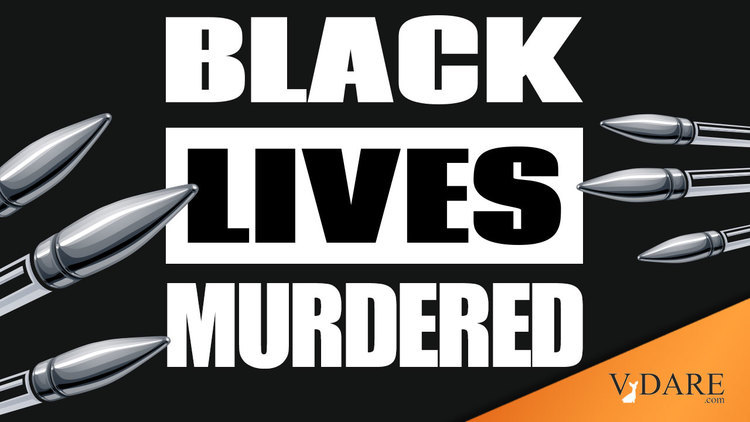From PHYS.ORG (a website that reposts PR releases, a humble but worthy task):
NOVEMBER 15, 2022
Government can minimize racial inequality in criminal justice by reducing police stops, detention, and long sentences
by National Academies of Sciences, Engineering, and MedicineTo reduce racial inequality in the U.S. criminal justice system, local, state, and federal government should explore ways to reduce police stops and searches, jail detention, prison admission, and long sentences, says a new report from the National Academies of Sciences, Engineering, and Medicine.
The report recommends governments explore coordinated policy reforms across each stage of the criminal justice system—pointing to drug sentencing reform,
Drug arrests are way down over the last half decade or so. How’s our libertarian utopia working out?
providing “second look” provisions for long sentences, eliminating revocations of community supervision for technical violations, and eliminating the death penalty as examples of reforms that could reduce racial inequality while maintaining public safety. Moreover, governments should also explore reforms that address economic, environmental, educational, and public health disparities.
The report, “Reducing Racial Inequality in Crime and Justice: Science, Practice, and Policy,” says research has documented substantial racial and ethnic disparities in the criminal justice process. Black Americans, Latinos, and Native Americans all experience higher rates of arrest, pre-trial detention, incarceration, and community supervision compared to White people.
Asians? Who are these “Asians” of which you speak? Never heard of them…
While racial disparities in incarceration have declined over the last two decades, these communities still face relatively high rates of imprisonment. The impacts of disproportionate contact with the criminal justice system for Black, Latino, and Native American communities also persist.
Racial inequality in criminal justice is tied to current and historical inequalities in crime and neighborhood conditions, says the report. Because of these ties, criminal justice reforms that aim to reduce inequality could be amplified by also addressing social inequalities.
“Research tells us that the relationship between racial inequality in criminal justice and racial inequality more broadly is a pernicious and persistent feedback loop,” said Khalil Gibran Muhammad, professor of history, race, and public policy at Harvard Kennedy School and co-chair of the committee that wrote the report. “These perpetuating effects of inequality can lead to continual criminal justice involvement for individuals, severely impacting neighborhoods and communities.”
Trends in criminal justice disparities
The report highlights key trends in crime and criminal justice disparities, including:
Homicide Victimization—Racial disparities among those who are victims of homicide have grown since 2010, with Black Americans, Native Americans, and Latinos at higher risk of being homicide victims than Asian Americans or White individuals. These disparities grew as homicide rates rose sharply from 2014 to 2016, and again between 2019 and now.
2014 to 2016 was the Ferguson Effect and 2019 to now is the Floyd Effect. The Black Lives Matter eras got more Black Lives Murdered. Ergo, we should double down on getting blacks murdered.
- Police Interactions and Arrests—Police officers stop and search Black Americans at rates higher than those from other racial and ethnic groups.
- Pre-trial Detention—Per-capita jail populations for Black Americans averaged well over three times the rates for both White individuals and Latinos between 2005 and 2019.
Latinos got notably more law-abiding between 2005 and 2019, judging by their homicide victimization rates (especially after the Housing Crash of 2008, when a lot of marginal Mexicans went home), but nobody cares. Practically nobody has even noticed.
- Sentencing and Correction—The Latino-White incarceration rate disparity narrowed from 1999 to 2018, along with a decline in the Black-White disparity in incarceration. For Native Americans, however, there was a widening in incarceration rates relative to White people.
Maybe we should be inquiring into why Native Americans have been having a bad 21st century rather than just citing this as another datapoint for Why White People Are Bad?
- Community Supervision—The probation population dropped by almost 20 percent between 2007 and 2019, but an overrepresentation of Black Americans, Latinos, and Native Americans remained.
In other words, the criminal justice system was easing off after 2007 because being on tough on crime had worked to lower crime, and then more so after 2014 because of BLM/Great Awokening, which drove up crime.
Community-driven approaches to advance safety and racial equity
“With a rise in urban homicide rates since 2020, there have been calls to scale back recent criminal justice reforms. But research shows it is possible to improve outcomes for communities that feel the worst effects of criminal justice inequality without increasing crime,” added Bruce Western, Bryce Professor of Sociology and Social Justice and director of the Justice Lab at Columbia University, and committee co-chair.
Of course, we tried this on a local scale during the Ferguson Effect and on a national scale during the Floyd Effect and just more Black Lives Murdered. But, in alternative universes that didn’t have to happen, so we should step back and assess blame for the massive disaster imposed by respectable mainstream theories since Ferguson.













